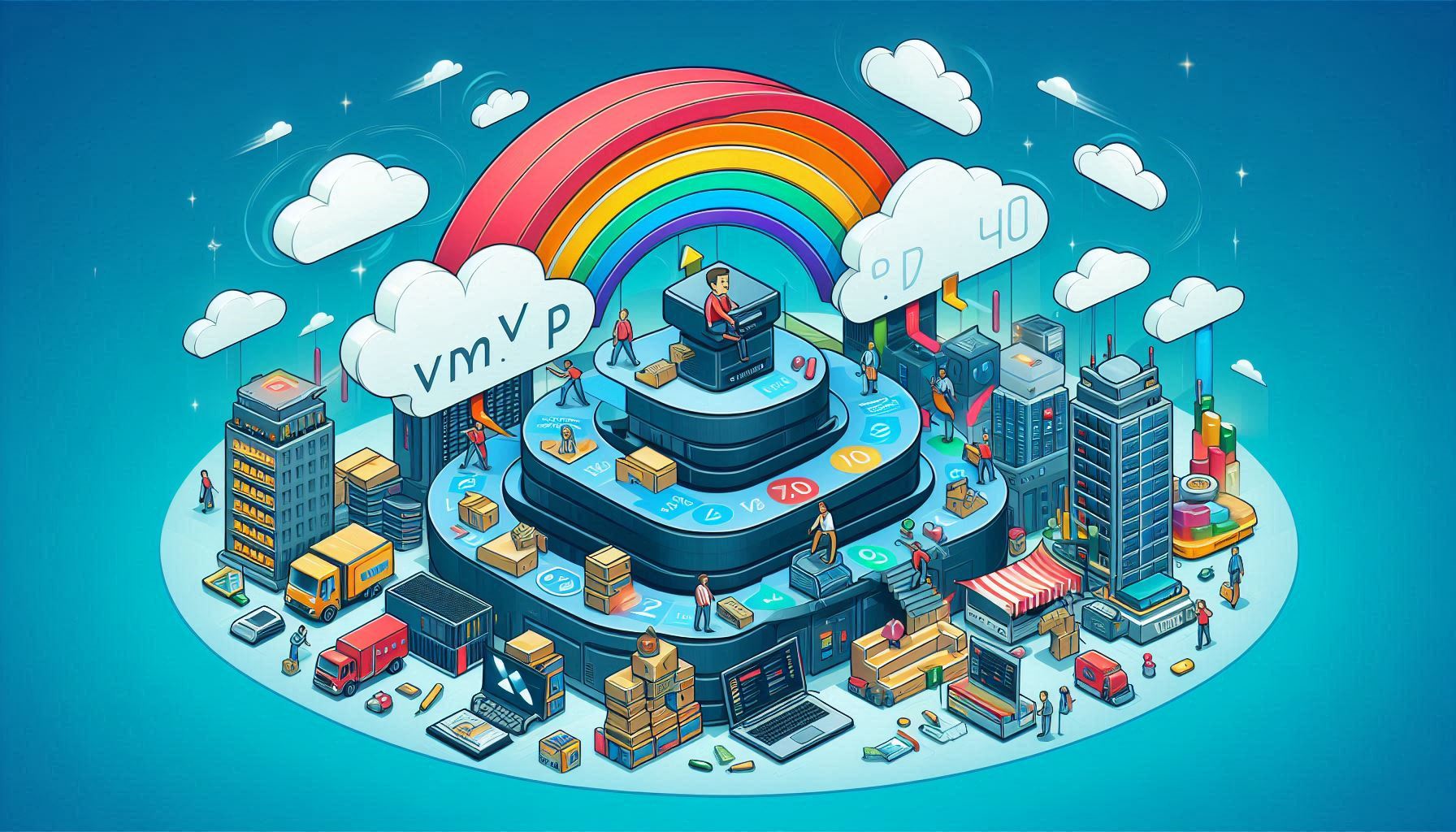It is very common to get many errors when try to upgrade VMware vCenter from 6.7 to 7.0 and 7.0 to 8.0.
I also struggled with same errors and after many hours of investigation of error logs and step to step troubleshooting, finally found the possible resolutions to fix such issues / errors.
While trying to upgrade VMware vCenter version 6.7 to 7.x or 7.x to 8.x may counter many issues / errors as mentioned below:
vCenter Upgrade known issues / Errors
List of issues / errors while upgrading VMware vCenter version 6.7 to 7.0 or 7.0 to 8.0
- Pre-upgrade check failed due the following problem: Error in method invocation [Error 1] Unknown host
- Error in method invocation [Error 1] Unknown host
- Error during vCenter upgrade stage 2 pre-check failed
- Error in method invocation to source vCenter stage 2
- New vCenter can not communicate to Source vCenter via ESXi
- Error vCenter upgrade failed VCSA 6.7 to 7.0 (unknown host)
- Error vCenter upgrade failed VCSA 7.0 to 8.0 (unknown host)
If you are facing any issue from above list of issues, then you are at right place to get resolution.
All possible solutions are mentioned below to fix above such issues.
Possible Resolutions of vCenter upgrade failures
Let’s explore each resolution of above issues and errors encounters during vCenter upgrade from version 6.7 to 7.0 and 7.0 8.0.
Solution 1: NTP sync & correct Timezone
It is always recommended that all VMware ESXi hosts and vCenter appliance time and time zone must be in sync with same/common NTP servers.
Validate ESXi time & NTP server
Refer link: Configuring NTP on an ESXi host
Validate vCenter time & NTP server
Refer KB link: Configuring NTP on vCenter Server
Solution 2: Turn on SSH Service
SSH service is required to enable communication and system data transfer between vCenter and ESXi hosts
- Refer link: How to enable SSH on VMware vCenter
- Refer link How to enable SSH on VMware ESXi host
Solution 3: DNS Lookup for Forward & Reverse zone
It’s very common that VMware administrator does not request AD/DNS team to create A (Forward) and PTR ( Reverse ) records in DNS for nslookup for ESXi hosts and vCenter.
Later, it starts creating issues and pop-up errors, to avoid any such issues, always create DNS entry.
Refer Link: How to create DNS A & PTR records
Solution 4: Use vCenter & ESXi FQDN Instead IP address
It most important and common issue, VMware administrator does not notice. Always use same ESXi and vCenter IP address, hostname and FQDN as it is showing / mapped on vCenter inventory.
Important Tips
Tip 1: If ESXi hosts are mapped on vCenter’s inventory with IP addresses then use IP address only while upgrading vCenter and fill-up same information during vCenter upgrade wizard.
Tip 2: If ESXi hosts are mapped on vCenter’s inventory with hostname or FQDN then use as-is, while upgrading vCenter and fill-up same information during vCenter upgrade wizard

Example: See in above screenshot -all hosts are mapped with hostname/FQDN in vCenter’s inventory. Therefore, use same information as-is during vCenter upgrade wizard.
Solution 5: Ensure ping readability among ESXi hosts & vCenter
It’s important to check connectivity and reachability among ESXi hosts and vCenter.
Solution 6: Ensure port no. 22, 80, 902, 443 & 5480 are open for ESXi & vCenter
Ensure that VMware ESXi and vCenter mandate ports are open on ESXi firewall and gateway network firewall.
Refer link: ESXi & vCenter network ports details
Solution 7: Change DRS cluster settings
Ideally, both VMware vCenters ( current vCenter and newly deploying vCenter ) should be on same ESXi host during upgradation process, otherwise upgrade process will be failed with errors.
If DRS is enabled with full-automatic VM migration mode then vCenter VMs may live-migrate on different ESXi hosts then vCenter upgradation process will be stuck and failed.
Note: Set DRS > Automation > Automation level > Manual

.
Solution 8: Upgrade Distributed switch version to least 7.x
Distributed switch version should be upgraded as per vCenter version or N-1 only not below that.
If You are going to upgrade from vCenter 7.0 to 8.0 then Distributed switch version must be least 7.0 or later.
Refer link: How to upgrade vCenter Distributed Switch Version
Solution 9: Patch vCenter with latest / higher build number
Last but not the least, before any major upgrade, always patch vCenter to higher patch built to avoid any existing bug in current patch version.
Example: if you’re running vCenter 7.0 U3O (22357613) then patch with latest higher version 7.0U3T (24322018) to avoid any know issue on old patch.
Refer link: Check vCenter patch releases
Hopefully, this blog helped you to resolve vCenter upgrade issues.
- Top 5 Enterprise Backup Solutions for Nutanix – 2025 - April 15, 2025
- Get Your Nutanix Free Voucher for 2025 Exams - March 20, 2025
- Nutanix Certification NCA, NCP, NCM Exam, Voucher & Training - March 15, 2025
